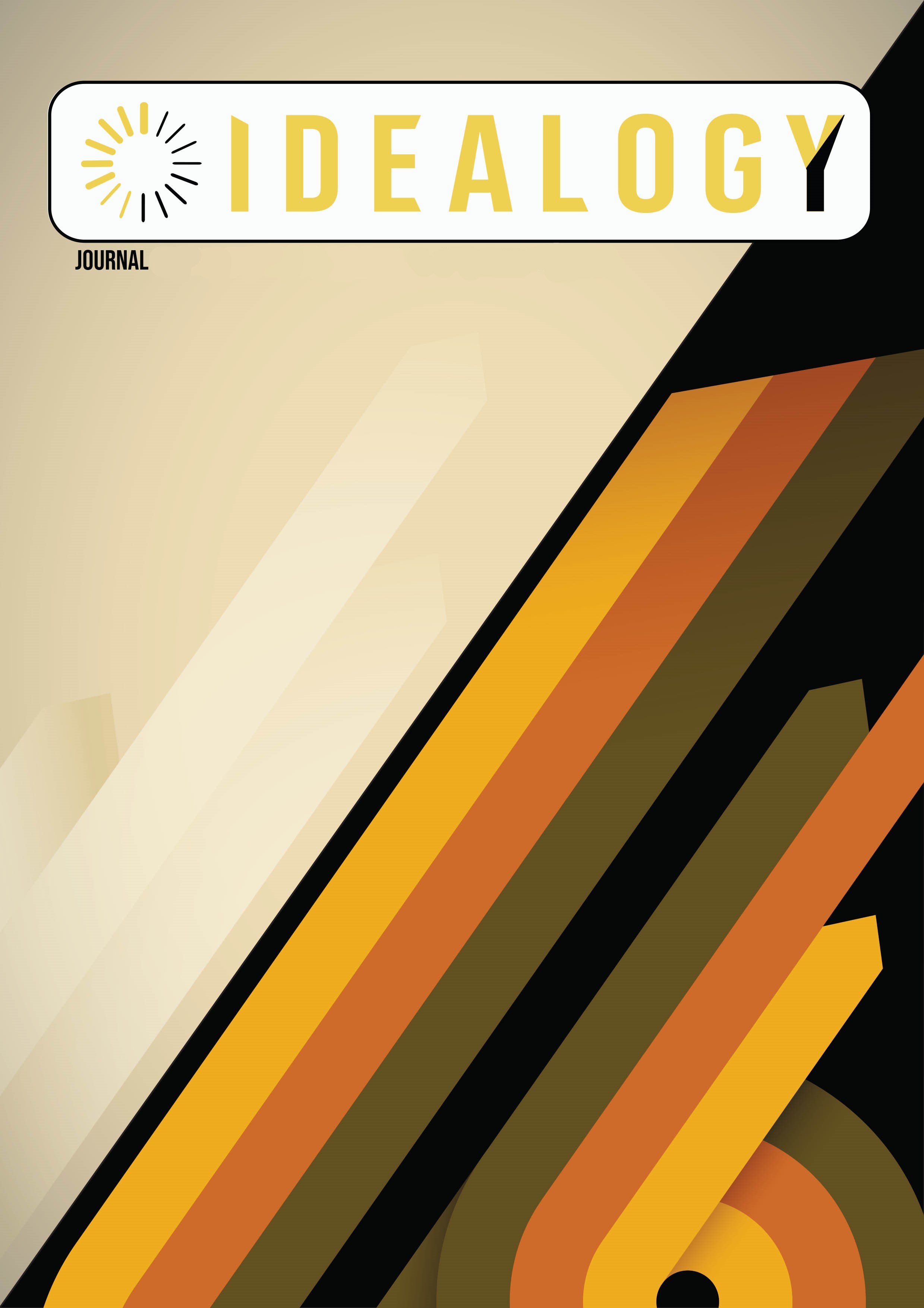An observation of using digital technology approach in students’ project presentation.
Keywords:
Happiness Index, Digital Technology, PresentationAbstract
Technology is increasingly being utilized in higher education environments. Smart phones, computers, and other sophisticated devices are used in both teaching and learning situations. These devices and associated software are also seen as significantly helping students execute their ideas and express their creativity. This study uses a pilot survey to record the responses of students who utilize digital technology to create a project presentation. Questionnaires were utilised to achieve this objective in a quantitative manner by evaluating the level of happiness among students. In a qualitative manner, 35 respondents agree that the use of digital technology and software is preferable to a conventional oral class presentation, increasing students’ creativity and confidence.
Downloads
Published
License
UiTM Press (the Publisher) has agreed to publish the undersigned author’s paper in Idealogy Journal. The agreement is contingent upon the fulfilment of a number of requirements listed below.
1. The undersigned author warrants that the paper entitled below is original, that it is not in any way libellous or unlawful in Malaysia, that it does not infringe any copyright or other proprietary right. The undersigned hereby represents and warrants that he/she is the author of the paper, except for material that is clearly identified as to its original source, with permission notices from the copyright owners where required. The undersigned represents that he/she has the power and authority to sign and execute this agreement.
2. The undersigned author warrants that the paper entitled below has not been published elsewhere, and also it will not be submitted anywhere else for publication prior to acceptance/rejection by this Journal.
3. By submitting the paper entitled below, the undersigned author agrees to transfer the rights to publish and distribute the paper in an international e-journal (entitled above) to Publisher.
4. The undersigned author agrees to make a reasonable effort to conform to Publisher's submission guidelines and to liaise with the editor to ensure that the requirements of these guidelines are met to a reasonable degree.
5. The corresponding author signs for and accepts responsibility for releasing this material on behalf of any and all coauthors. This agreement is to be signed by at least one of the authors who has obtained the assent of the co-author(s) where applicable. After submission of this agreement signed by the corresponding author, changes of authorship or in the order of the authors listed will not be accepted.


